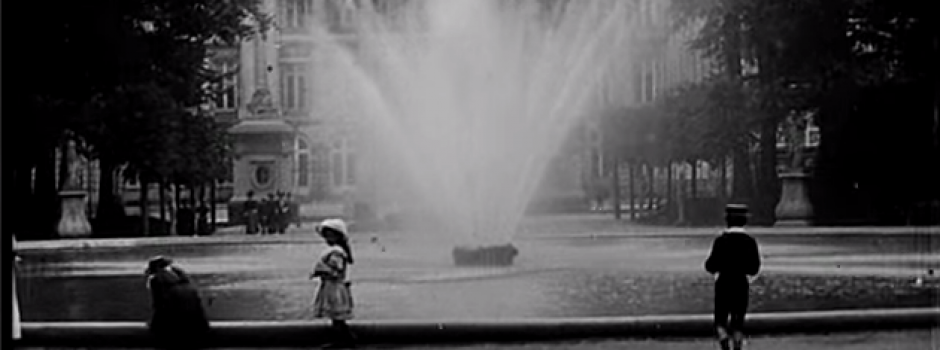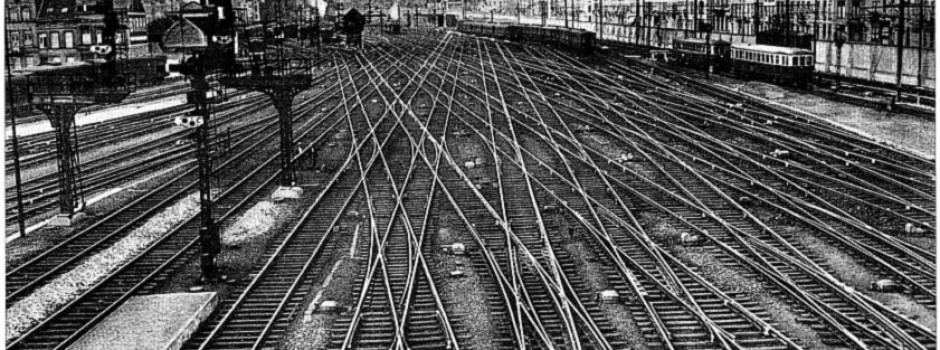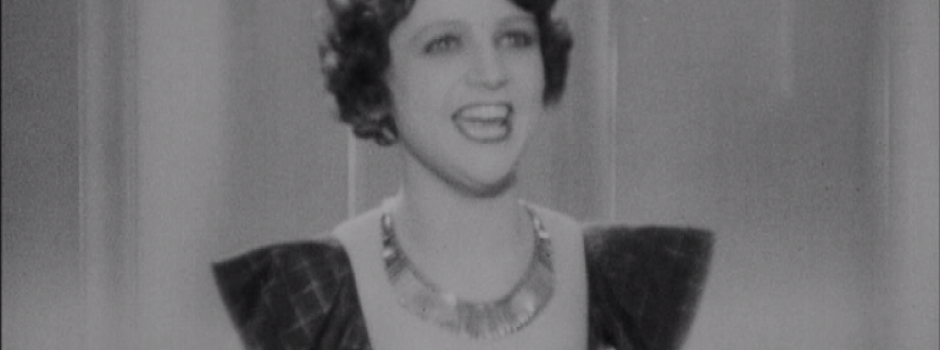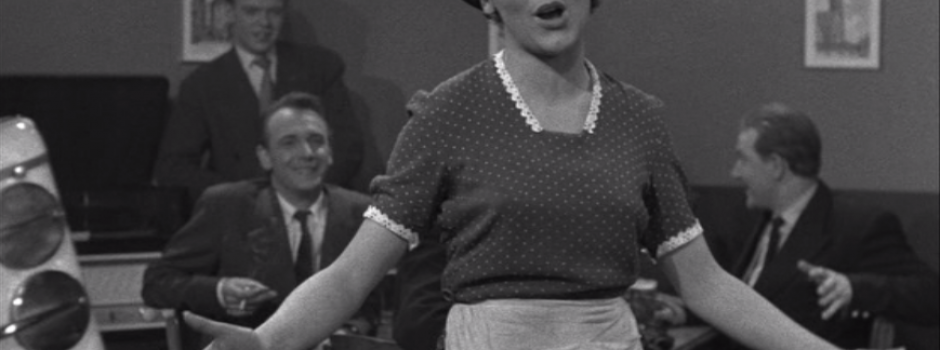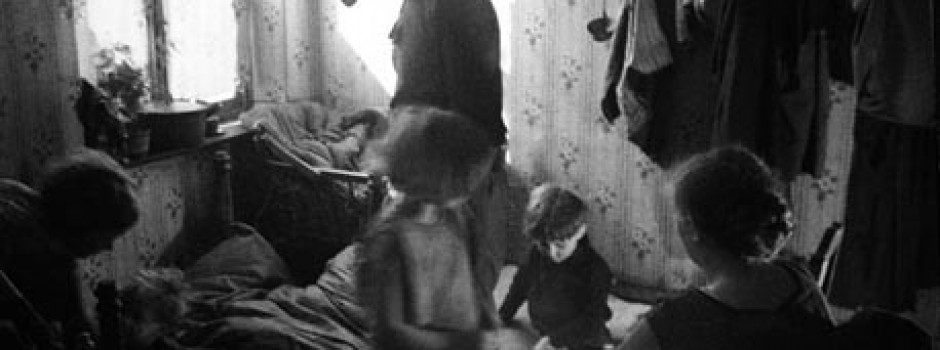- Topics
- Analyse
- Cinema Made in Belgium
- Contact
Tag
(c) cinematek dvd
Durch Brüssel in Zehn Minuten (1905/1910)
Durch Brüssel in Zehn Minuten is a beautiful belle époque travelogue about Brussels, dated 1905-1910.
Read MoreLine 0: North-South junction (1920)
The North-South junction is a railway link through the centre of Brussels. It that connects the major railway stations in the city. It is partially underground (around Brussels Central station) and partially raised above street level. The idea of an underground railway line linking the city’s two main railway stations was first suggested in the 1860s. That proposal was never effected. The decision for the curr
Read MoreDate: 28 Sep 1999
Comment: Comments are off
Alleen voor U (1935)
After the success of De Witte (1934), Jan Vanderheyden and his German-born concubine Edith Kiel grew more confident about the future of Flemish film production and decided to try their hand at an operetta film set in Antwerp. The film was a critical failure: not only did the critics question the film’s nerveless script and general amateurism, but also its ‘non-Flemish’ nature and its slavish follow
Read MoreDate: 27 Sep 1999
Comment: Comments are off
Schipperskwartier (1953)
Schipperskwartier was one of the greatest commercial successes of the film couple Edith Kiel & Jan Vanderheyden. In this scene we see and hear the popoular revue singer and actress Co Flower in the title song of the film.
Read MoreDate: 24 Sep 1999
Comment: Comments are off
Schipperskwartier (1953)
The Sailors’ Quarter (1953) is exemplary for the postwar Kiel & Vanderheyden production: music, laughter, romance and drama set in Antwerp. While the harbour is the general setting, typical sets are home-grown working class locales like a pub, a grocery store and a barbershop where locals walk in and out and gossip and backbiting reigns. The dialogues and songs are articulated in Antwerp dialect. Most Kiel
Read MoreDate: 30 Sep 1934
Comment: Comments are off
De Witte (1934)
In the hands of Jan Vanderheyden and Edith Kiel, Ernest Claes’ (1885-1968) bestselling novel Whitey (1920) becomes a lyrical Heimat film that glorifies the beauty of Flanders, its countryside and its people. In 1980 the novel was adapted for the screen for the second time. Flemish enfant terrible Robbe De Hert turned De Witte into a symbol of Flemish stubbornness and resistance against authority. Use this link
Read MoreDate: 30 Sep 1934
Comment: Comments are off
Misère au Borinage (1933)
In 1933 leftist film maker and founder of experimental cinema in Belgium, Henri Storck (1907-1999) makes a documentary on life in Belgium’s dead poor mining region, Borinage (in the Charleroi region). Its subject as well as its style shook the world and Misery in the Borinage became a landmark in documentary film making. Later on, its mixture of documentary, newsreel footage and re-enacted scenes was coined neo
Read MoreSymphonie paysanne (1942-1944)
In the midst of the turmoil of the Second World War, Henri Storck (1907-1999) makes an almost two-hour documentary on peasant life in Belgium. In 5 parts (four seasons and a peasant wedding) he documents the work on the land in the pre-industrial era, keeping the middle between the lyrical and didactic. Despite the fact that the Belgian film industry is now under German supervision, Stock was determined to continue h
Read MoreDe Loteling (1974)
The Conscript is a 1974 Flemish ‘Heimat’-drama from Roland Verhavert (1927-2014). The film stars Jan Decleir and Ansje Beentjes and is an adaptation of Hendrik Conscience’s (1812-1893) classic book of the same title (1850). The book was already adapted for the Belgian screen in 1919. This film by Armand du Plessy is considered lost.
Read More12

